1. New York City
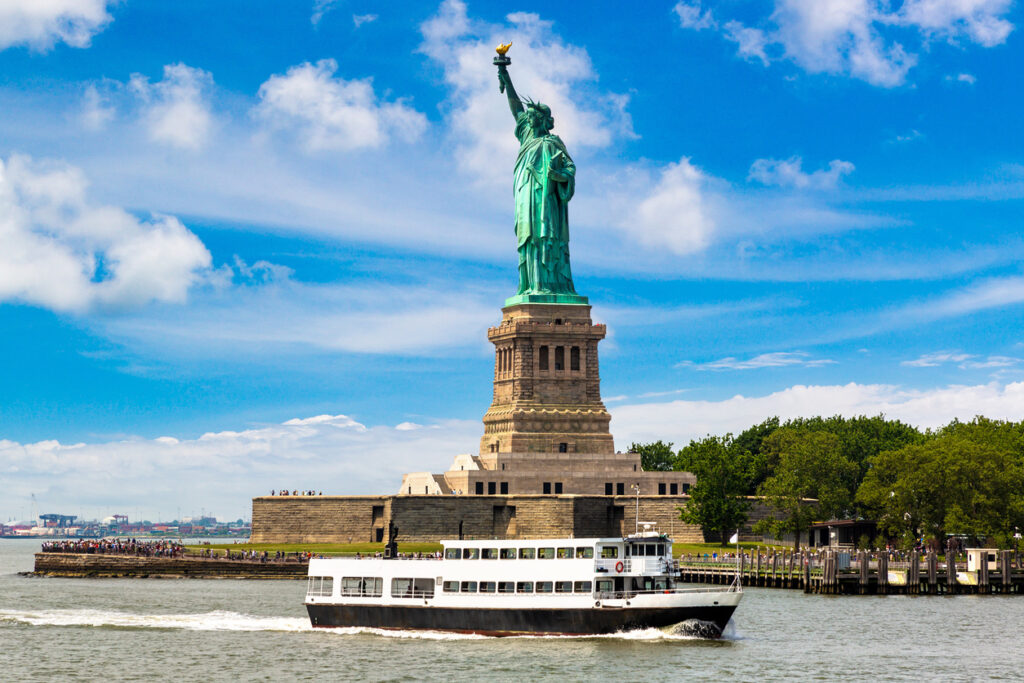
Cities shape how people see America, its culture, economy, politics, and future. Some are icons instantly recognized around the world, while others quietly fuel the nation’s growth from the ground up. Everyone agrees on New York, Los Angeles, and Chicago. After that, the argument opens wide. Houston, Washington, San Francisco, Miami, and a dozen more cities all have a case for being among America’s biggest. Who belongs in your Top 4, Top 5, or Top 10?
New York City is not only the largest city in America but also one of the most influential in the world. With more than 8.5 million residents and a metro area topping 19 million, it is home to Wall Street, the United Nations, Broadway, and countless cultural institutions. Immigrants from every corner of the globe have shaped its neighborhoods, creating a city that truly represents global diversity. Its skyline, anchored by the Empire State Building and One World Trade Center, is instantly recognizable. Life here can be overwhelming, rents are among the highest in the country, and the pace never slows, but no other U.S. city has the same global reach. Whether in finance, fashion, media, or the arts, New York leads. That’s why it’s the undisputed number one on any list of America’s biggest cities.
2. Los Angeles
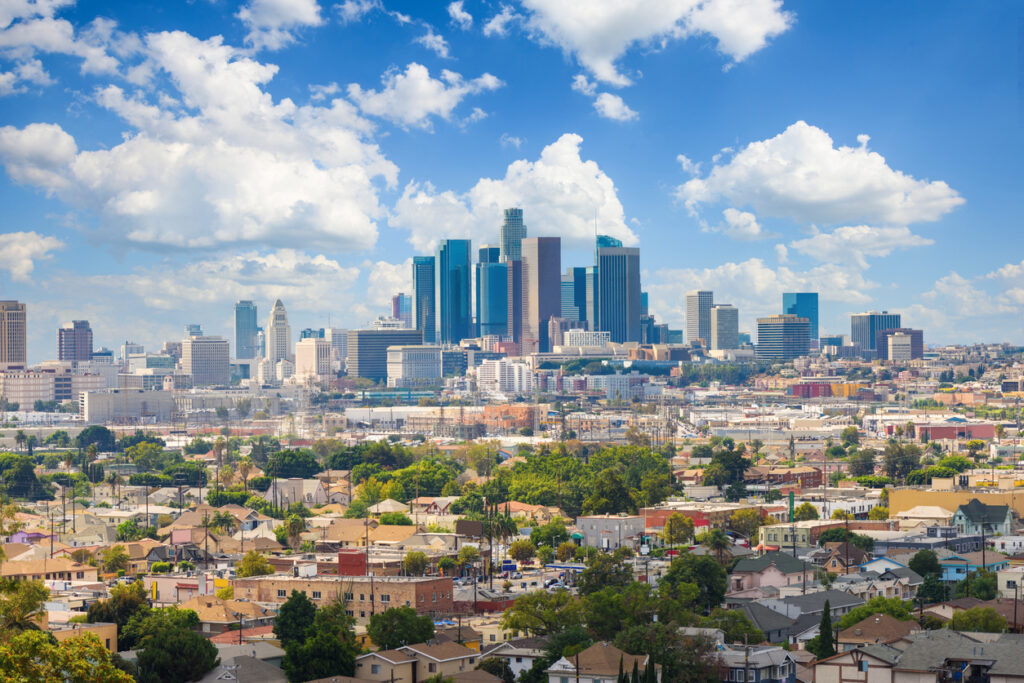
Los Angeles is best known as the home of Hollywood, but its role in shaping American culture goes far beyond movies. With a population of nearly 4 million, LA is the second-largest city in the U.S., and its greater metro area is even larger. The city is a hub for music, television, fashion, sports, and increasingly technology, with “Silicon Beach” attracting startups and global firms. Its Mediterranean climate and beaches add to its appeal, though the traffic congestion and smog are legendary challenges. Still, Los Angeles has a unique ability to set global trends, from streetwear to blockbuster films, that ripple across the world. It’s sprawling, diverse, and endlessly creative, making it the West Coast’s powerhouse and a permanent member of America’s “core three.”
3. Chicago
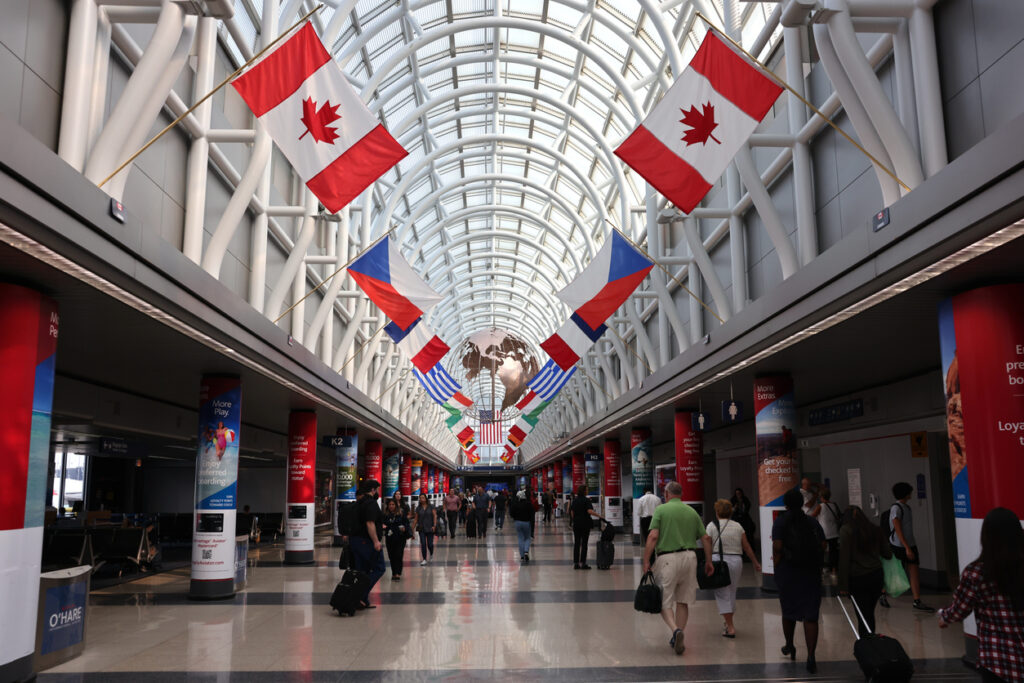
Chicago, America’s third-largest city, is the anchor of the Midwest and a vital economic hub. With about 2.7 million residents and a metro population exceeding 9 million, it combines a strong financial sector with roots in manufacturing, transportation, and trade. Chicago’s O’Hare International Airport is one of the busiest in the world, symbolizing its role as a crossroads for the country. The city is also known for its deep-dish pizza, jazz and blues heritage, and impressive architecture, from the Willis Tower to its historic lakefront. Winters are notoriously harsh, and its population growth has slowed, but Chicago remains a cultural and economic heavyweight. Its universities, museums, and professional sports teams cement its place as a city that defines the Midwest while bridging the coasts.
4. Houston
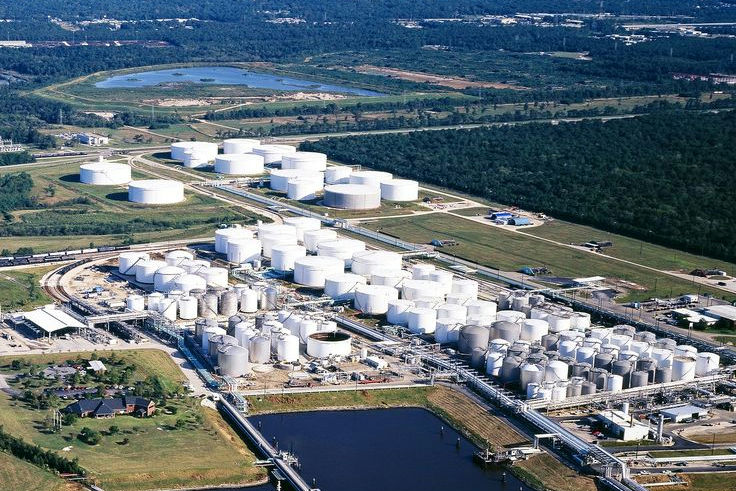
Houston has emerged as one of the most dynamic cities in America. With more than 2.3 million residents and one of the fastest-growing metro areas in the nation, it is the largest city in Texas and the fourth-largest in the country. Its economy is anchored by energy, especially oil and gas, but also extends to aerospace, medicine, and shipping, the Port of Houston is among the busiest in the U.S. The city’s diversity makes it one of the most multicultural in America, reflected in a thriving food scene that draws on cuisines from around the globe. Houston does face challenges, including frequent flooding and urban sprawl, but its steady growth underscores its importance. Whether through NASA’s Johnson Space Center or the Texas Medical Center, Houston is deeply tied to innovation and global connections.
5. Washington, D.C.
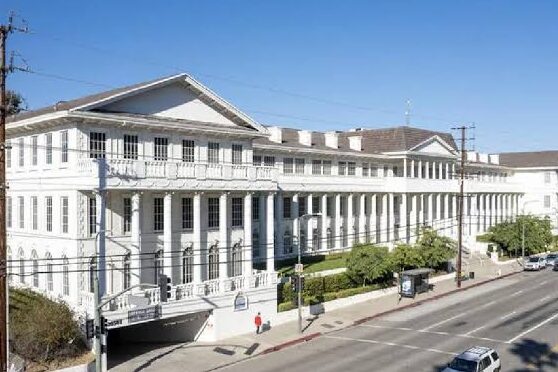
Washington, D.C., may not be as large as Houston or Los Angeles, but its influence is unmatched. As the nation’s capital, it is where the White House, Congress, and Supreme Court sit, making it the center of political power in the United States. With just over 700,000 residents, the city itself is relatively small, yet its metro area is home to more than 6 million people. D.C. is also an international hub, hosting embassies from around the world and institutions like the World Bank and International Monetary Fund. Beyond politics, the city is famous for its Smithsonian museums, historic landmarks like the Lincoln Memorial, and prestigious universities such as Georgetown. While critics sometimes see it as more of a government town than a true cultural capital, Washington, D.C.’s role in shaping America’s direction gives it an influence that far outweighs its size.
6. San Francisco (Bay Area)
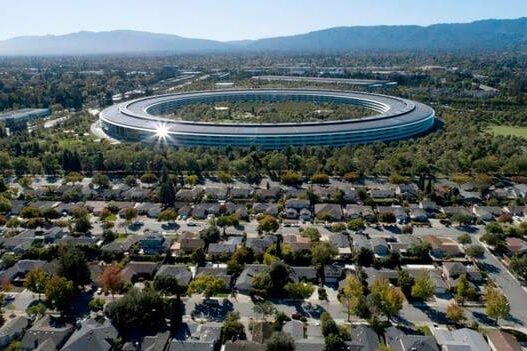
San Francisco itself has fewer than 1 million residents, but the Bay Area it anchors is one of the most influential regions in the world. Silicon Valley, stretching from San Jose to Palo Alto, has produced innovations that shape everyday life, from microchips to Google and Apple. The Golden Gate Bridge, cable cars, and Victorian houses give the city its iconic look, while its history of progressive politics and counterculture adds to its reputation. Yet San Francisco faces steep challenges: housing costs are among the highest in the nation, and homelessness and inequality have drawn national attention. Even with these struggles, its role as the birthplace of modern tech and a hub of global innovation keeps the Bay Area central in any conversation about America’s biggest cities.
7. Boston
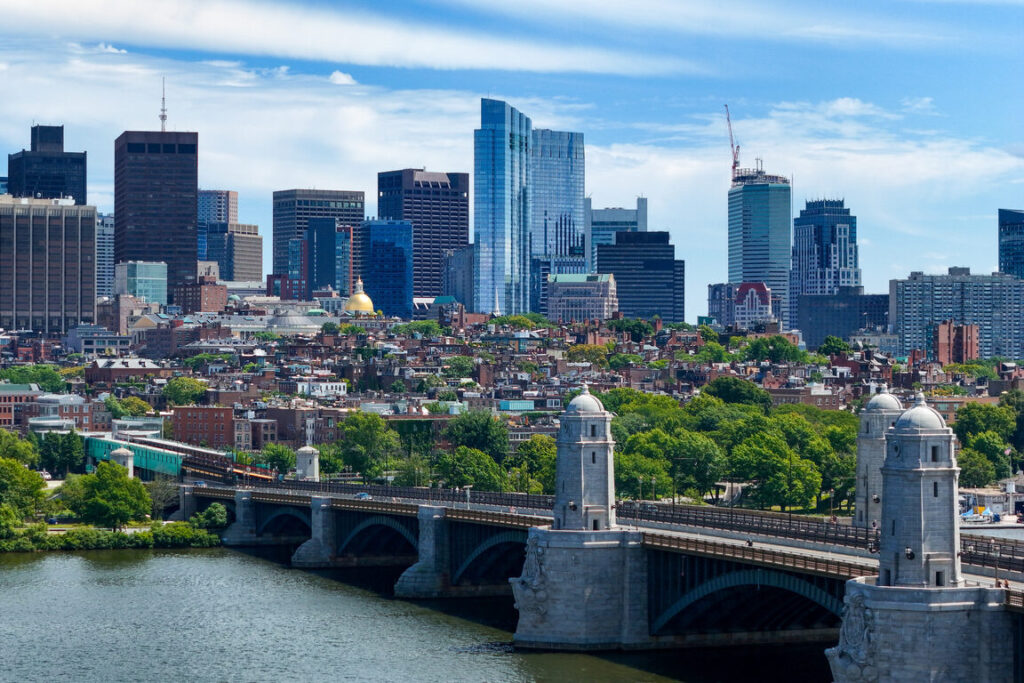
Boston may be smaller in size, about 650,000 residents in the city proper, but its influence extends far beyond its borders. Known as the “cradle of the American Revolution,” it played a key role in the nation’s founding. Today, Boston is defined by education and research, with world-class institutions like Harvard and MIT driving breakthroughs in biotech, medicine, and technology. Its sports teams, from the Red Sox to the Celtics, command passionate followings, while its neighborhoods carry a strong sense of history and identity. The city is expensive and dense, but its intellectual capital and cultural pride ensure it plays far above its size. Few cities combine past and future as seamlessly as Boston.
8. Miami
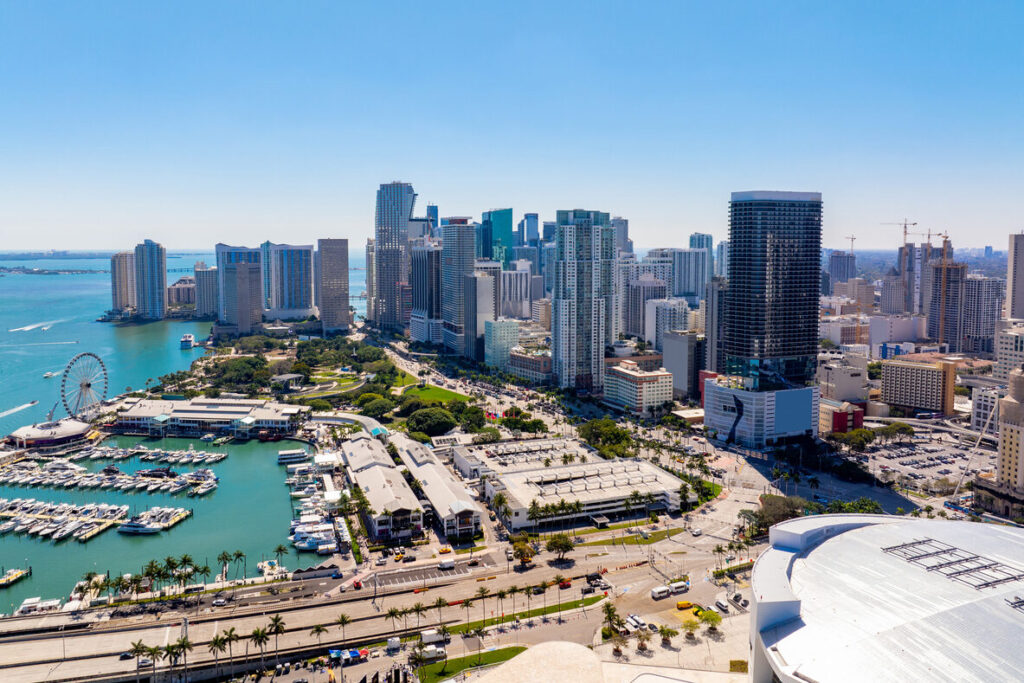
Miami stands apart from most American cities with its tropical setting and international flavor. With more than 450,000 residents and a metro population of over 6 million, it is a gateway to Latin America and a magnet for global investment. Its financial and real estate sectors are expanding rapidly, while Art Basel and its nightlife keep it in the cultural spotlight. Miami’s Cuban influence is central to its identity, but it has grown into a crossroads for communities from across the Americas and beyond. Rising sea levels and hurricanes present real risks, yet the city continues to attract newcomers drawn to its energy and climate. Vibrant, flashy, and deeply international, Miami’s role as a cultural and economic hub keeps growing.
9. Philadelphia
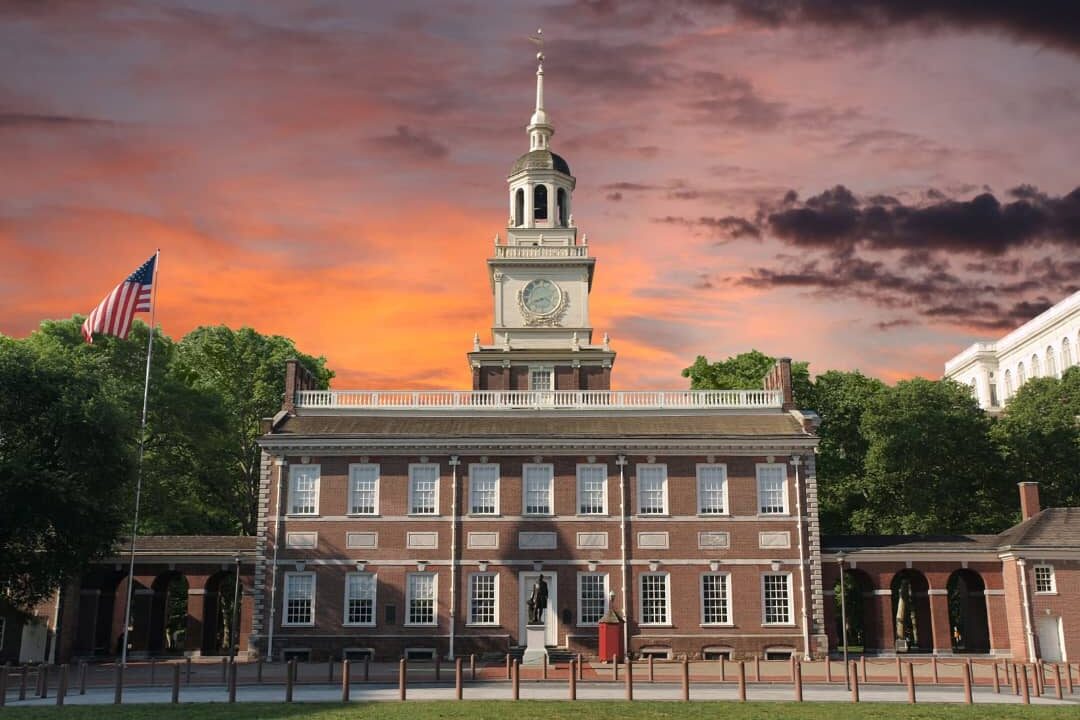
Philadelphia blends historical significance with modern strength. As the nation’s birthplace, it is home to Independence Hall and the Liberty Bell, symbols of American freedom. But it’s not just about history, with more than 1.5 million residents, Philadelphia is the sixth-largest city in the country. Its universities, like the University of Pennsylvania, and hospitals are nationally recognized, while its art museums, music scene, and sports teams contribute to a rich cultural life. Cheesesteaks and a fiercely loyal fan base give the city a distinct personality. Positioned between New York and Washington, it is often overshadowed, yet Philadelphia’s size, legacy, and location make it a key player on the East Coast.
10. Seattle
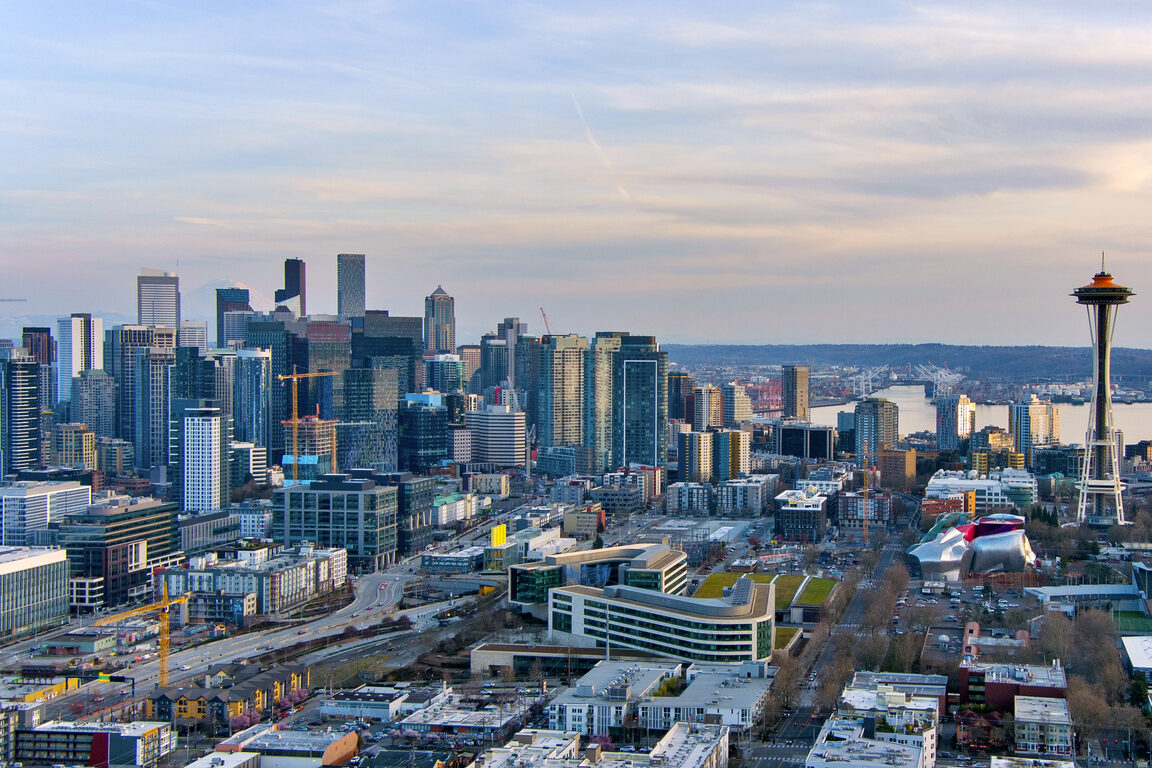
Seattle may have fewer than 800,000 residents in the city proper, but its influence is far-reaching. Home to global giants like Amazon and Microsoft, it has been at the center of technological change for decades. Starbucks, founded here, brought coffee culture to the mainstream, while the city’s music legacy includes everything from grunge bands like Nirvana to hip-hop innovators. Surrounded by water, forests, and mountains, Seattle combines natural beauty with urban energy. Challenges include high housing costs and famously rainy weather, but its growth and impact cannot be ignored. As both a tech powerhouse and a cultural innovator, Seattle has earned its place among America’s most important cities.
11. Atlanta
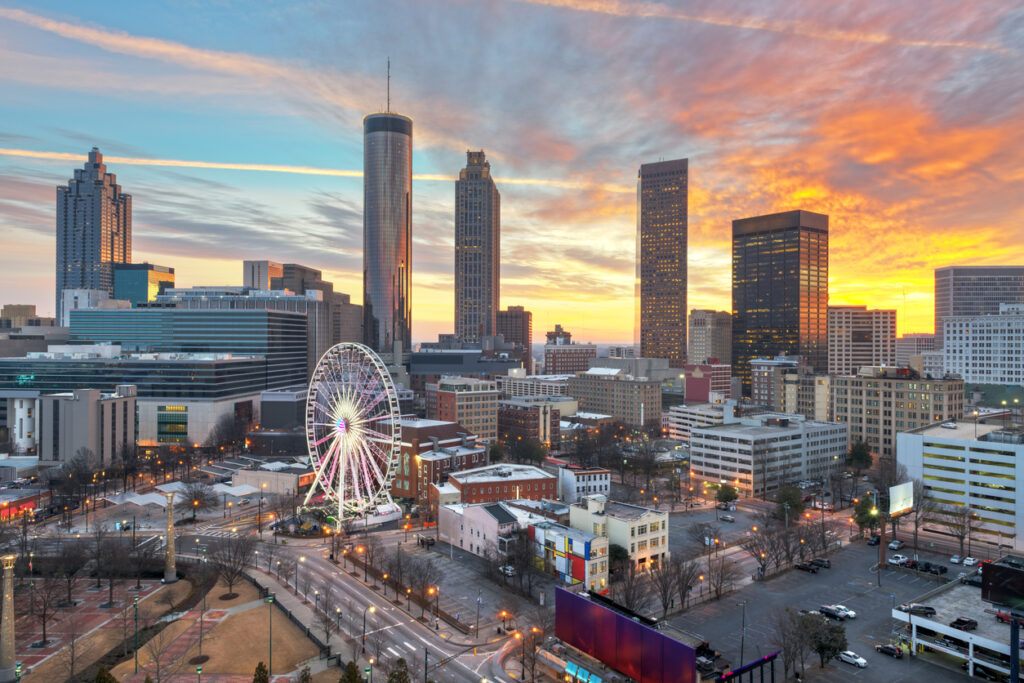
Atlanta has grown into the undisputed hub of the South, with more than 500,000 residents in the city and over 6 million in its metro area. Hartsfield-Jackson Atlanta International Airport is among the busiest in the world, linking the city to nearly every continent. Economically, Atlanta is home to global companies like Coca-Cola, Delta Air Lines, and The Home Depot. Just as important is its role in American culture: the city was central to the Civil Rights Movement and remains a key center for Black culture, politics, and music. Today, it’s also a hub for film and television production, rivaling Hollywood in output. Sprawl and traffic congestion are persistent problems, but Atlanta’s rapid growth and influence make it one of the nation’s most vital cities.
12. Dallas
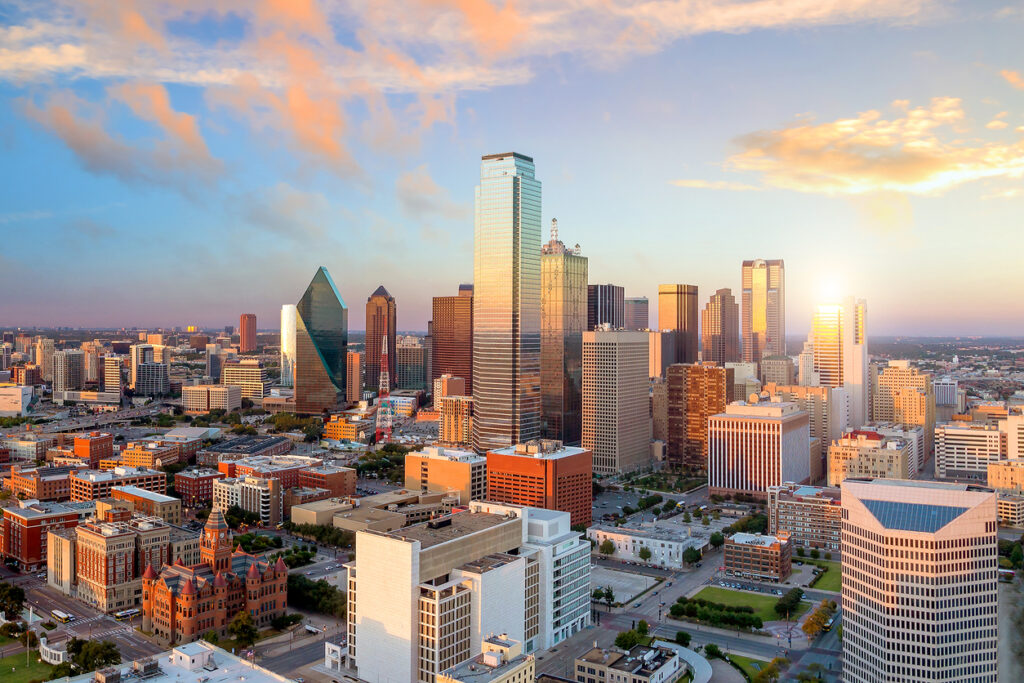
Dallas, with a population of about 1.3 million, is the heart of one of the fastest-growing metropolitan areas in the United States. Its economy is fueled by finance, energy, telecommunications, and a long list of Fortune 500 companies headquartered in the region. The city has invested heavily in arts and culture, with the Dallas Arts District being the largest urban arts district in the country. Its sports teams, including the Dallas Cowboys, bring national attention as well. Often compared with Houston, Dallas sometimes faces criticism for lacking the same diversity and cultural depth. Even so, its booming economy and central location keep it firmly in the national spotlight and make it a heavyweight in Texas and beyond.
13. Denver
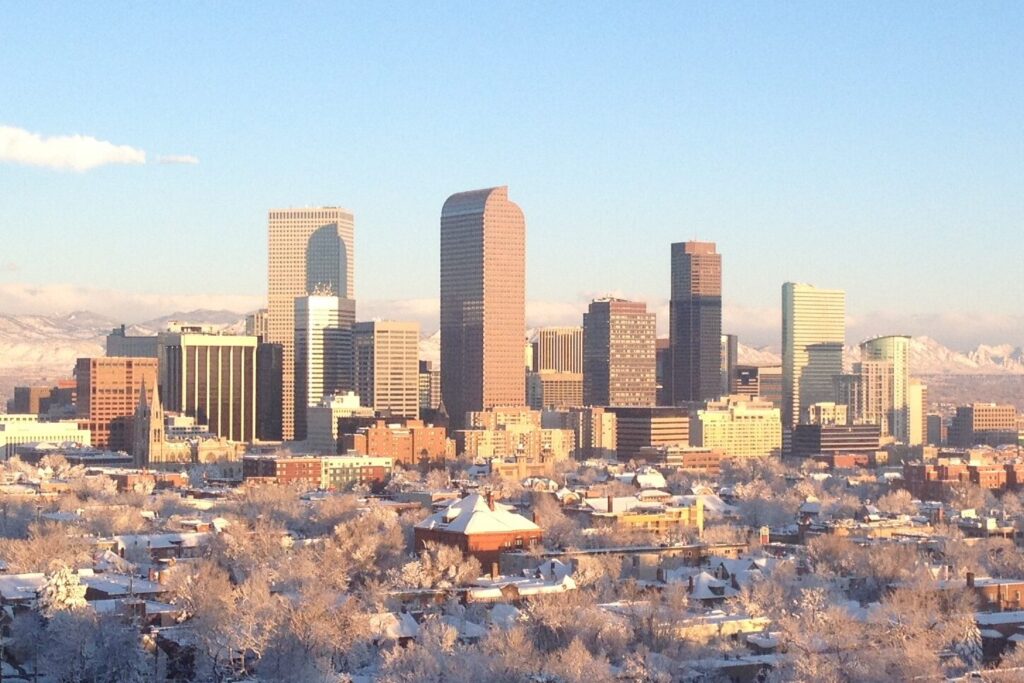
Denver has transformed from a gateway to the Rocky Mountains into one of America’s fastest-growing big cities. With about 750,000 residents in the city and nearly 3 million in the metro area, it attracts young professionals, entrepreneurs, and outdoor enthusiasts alike. The city’s economy has diversified into tech, aerospace, and renewable energy, while its craft beer and music scenes add cultural depth. Denver International Airport, one of the largest in the world by land area, makes it a key transportation hub in the Mountain West. While smaller than coastal cities, Denver’s rapid growth and appeal to newcomers give it an outsized presence and hint at an even larger role in the years to come.
14. San Diego
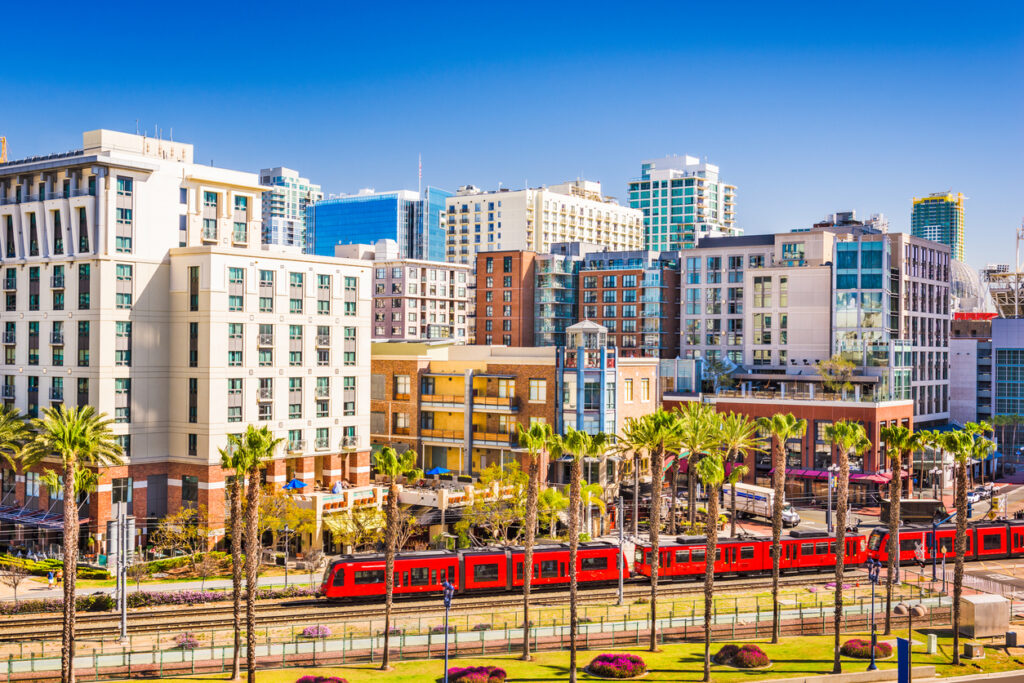
San Diego, with a population of about 1.4 million, is often overshadowed by Los Angeles but has a distinct identity of its own. Its economy is powered by military and defense industries, biotech research, and tourism. The city’s location on the U.S.-Mexico border gives it a unique cultural character, blending American and Mexican influences. With miles of beaches and consistently mild weather, San Diego is also one of the most desirable places to live in the country, despite high housing costs. Balboa Park, the San Diego Zoo, and a vibrant craft beer scene highlight its cultural offerings. Though it may not dominate headlines like LA or San Francisco, San Diego’s balance of lifestyle, industry, and global connections makes it a strong contender.
15. Detroit
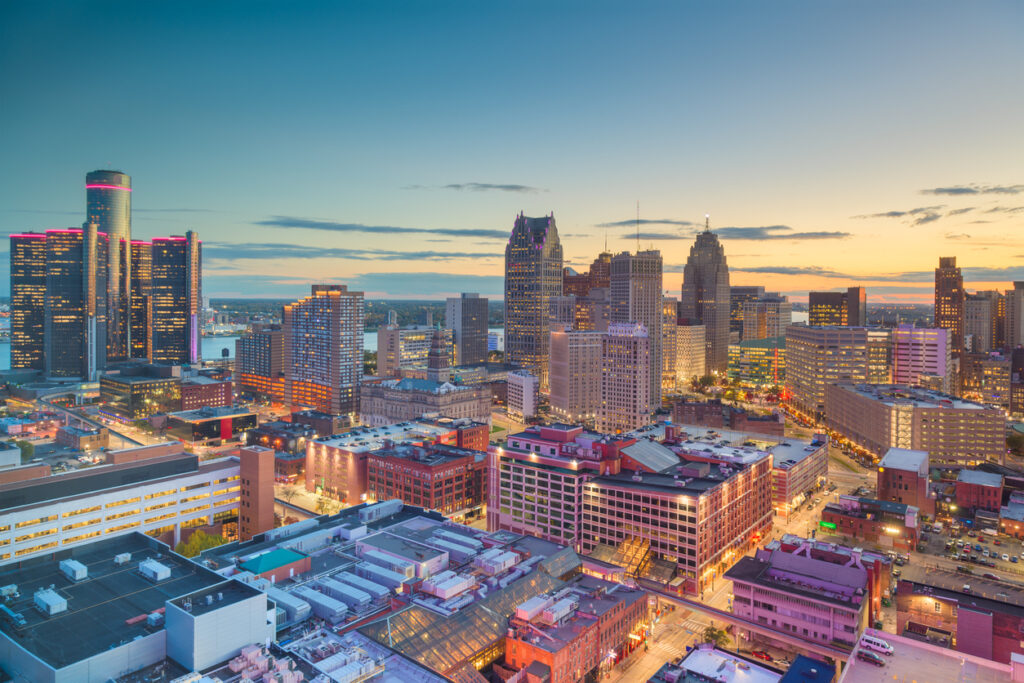
Detroit’s story is one of both decline and renewal. Once known as the “Motor City,” it was the global center of automobile production, with companies like Ford, General Motors, and Chrysler shaping 20th-century industry. Its population peaked at nearly 2 million in the 1950s, but decades of economic downturn and population loss hit the city hard, leaving it with just over 600,000 residents today. Yet Detroit’s cultural legacy remains profound, Motown music was born here, and its spirit of innovation continues to influence American identity. In recent years, new businesses, art communities, and investment have begun to revitalize neighborhoods. While challenges remain, Detroit’s resilience keeps it firmly in the conversation of important American cities.
16. Phoenix
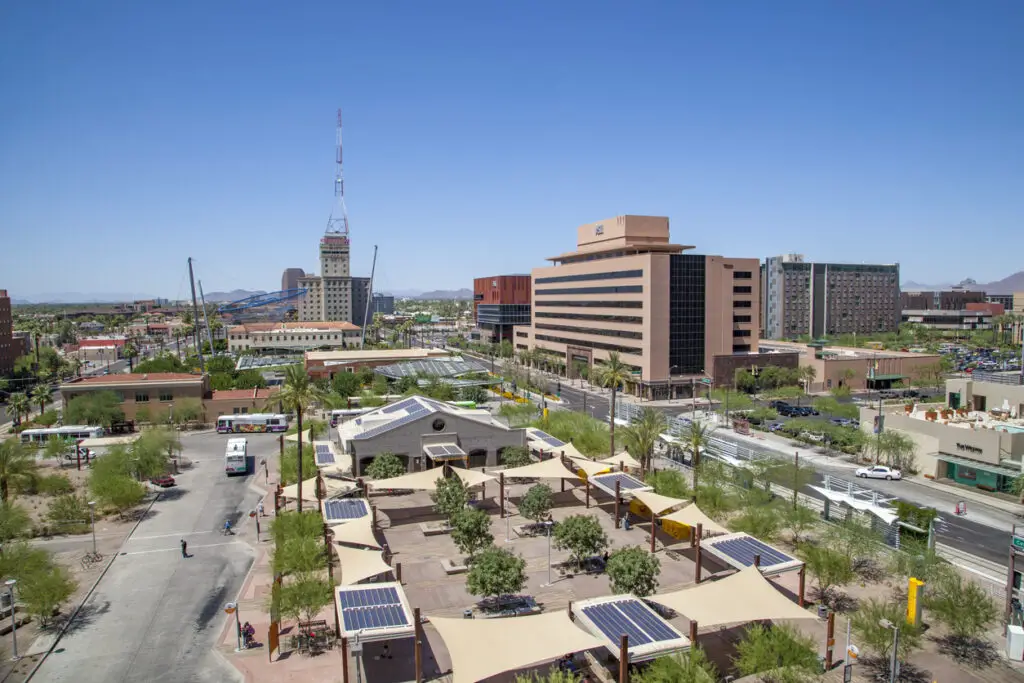
Phoenix has become one of the fastest-growing big cities in the United States, with more than 1.6 million residents in the city and over 5 million in its metro area. Its warm desert climate attracts retirees and newcomers alike, while its relatively affordable housing (compared to coastal cities) has fueled rapid expansion. The city’s economy is diverse, with strengths in real estate, finance, manufacturing, and technology. Sports teams like the Phoenix Suns and Arizona Cardinals add to its profile, while its proximity to natural landmarks like the Grand Canyon makes it a major destination. Critics note that Phoenix’s cultural and political influence has yet to fully match its size, but the sheer pace of its growth ensures it plays an increasingly important role in America’s urban landscape.
17. New Orleans
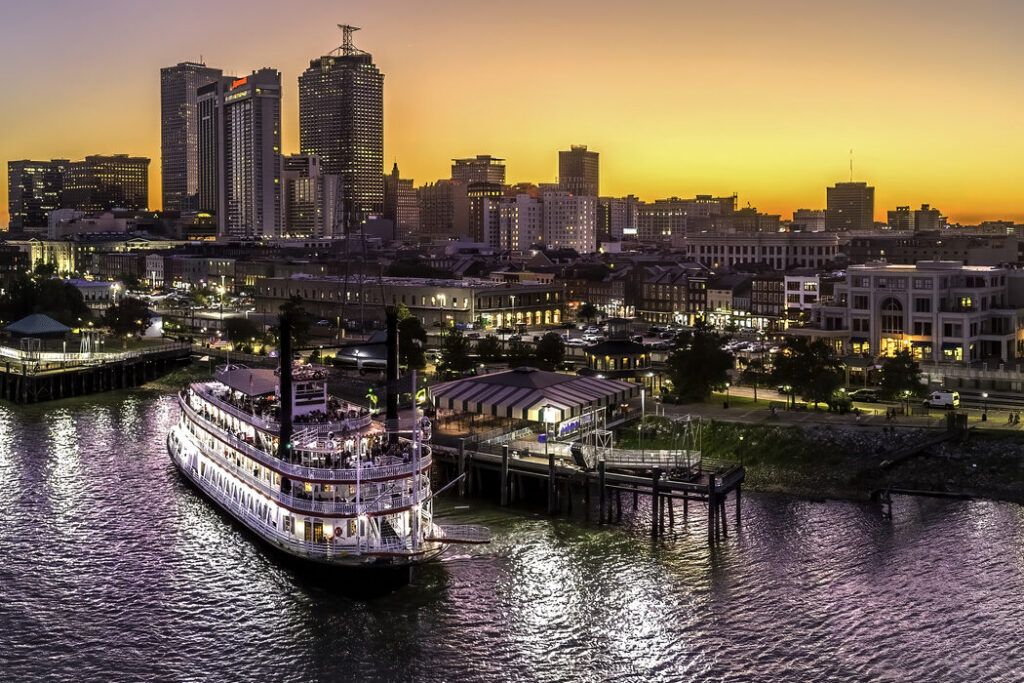
New Orleans may be smaller, with just under 400,000 residents, but its cultural influence is enormous. Known as the birthplace of jazz, the city has contributed uniquely to American music, cuisine, and celebration, from Mardi Gras parades to Cajun and Creole cooking. Its French and Spanish colonial history gives it a distinct architecture and atmosphere that set it apart from any other U.S. city. New Orleans faces serious challenges, including climate risks from hurricanes and flooding, as well as persistent poverty. Yet its resilience, especially after Hurricane Katrina, underscores the strength of its people and traditions. The city’s character, soulful, creative, and enduring, ensures that its cultural impact far outweighs its size.
Overall, the “biggest” American cities can’t be measured by population alone. New York, Los Angeles, and Chicago will always sit at the top, with Houston making a strong case to join them. Beyond that, the competition is wide open: Washington, San Francisco, Boston, Miami, Philadelphia, Seattle, Atlanta, Dallas, Denver, San Diego, Detroit, Phoenix, and New Orleans each bring something different to the table, from political power to cultural influence to sheer growth. Together, they show how diverse and dynamic America’s urban landscape truly is. Which cities make your Top 5 or Top 10? Share your thoughts and join the conversation, because the story of America’s biggest cities is still being written.
This story America’s Big Cities: The Core Three and a Long List of Contenders was first published on Daily FETCH


